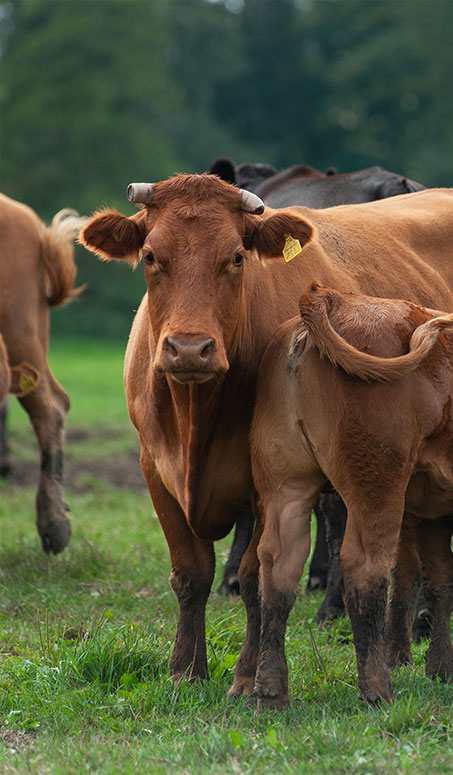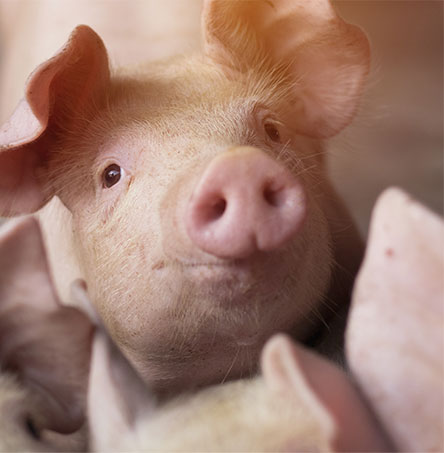
Import to Canada

In accordance with Canadian food legislation, it is the importer's responsibility to ensure that imported red meat or meat products meet the requirements for the safety of production, storage, packaging, transport, storage or labeling.
Requirements for importers before importing:
- to develop and implement the preventive control plans (PCPs) referred to in the Safe Food for Canadians Regulations (SFCRs).
- obtaining an import license from the CFIA; valid for a period of 2 years
- to ensure that red meat or its products have been produced under similar conditions as in Canada, and above all that they come from a country whose system has been recognized by the Canadian Food Inspection Agency (CFIA) as equivalent. By clicking on the link below you can check whether the plant has permission to export to Canada:
http://www.inspection.gc.ca/active/netapp/meatforeign-viandeetranger/forliste.aspx - detailed familiarization with the requirements of Canadian law regarding red meat and its products, included among others in part 6 of the SFCR
- the need to have documentation regarding the traceability of imported red meat or products and to whom these products have been delivered
- it is necessary to obtain an import license from CFIA
- A guide on how to prepare a PCP can be found here: https://inspection.gc.ca/food/requirements-and-guidance/preventive-control-plans/for-importers/eng/1480084425374/1480084519065. This includes the preparation of procedures related to logistics control, complaints and product recalls.[1] Here you can check what risks may be involved in import: https://na1se.voxco.com/SE/93/SFCR_PCP/?&lang=en
- A search engine for licensed entities can be found here: https://inspection.gc.ca/webapps/foodlicenceregistry/en/.
- It is worth checking the necessary documentation for the products you want to import in the AIRS system available at:
https://airs-sari.inspection.gc.ca/airs_external/english/decisions-eng.aspx

Requirements during import:
- obtaining an import permit from the CFIA
- notification of each consignment to both CFIA and the Canadian Border Services Agency (CBSA);
- the notification includes, among others, the importer's data, including license number, exporter's data, country of origin, address of first destination in Canada and all information about the imported product;
- the information must be provided before delivery to Canada
Subsequent points of the CFIA Import Control System, whose first point, the determination of the equivalence of meat control systems, is discussed in the chapter entitled Export to Canada:
Entry control point
It is carried out by the National Import Service Center (NISC). Initial verification of rights takes place using a special electronic system - ICTS. Then a review of the relevant documents takes place, including OMIC and packaging designation. The documentation must be provided by importers prior to shipment to Canada.
Shipping tracking and telemetry data
Data on all consignments of meat products imported to Canada are included in the ICTS computer system. The system generates an Import Inspection Report (IIR - Import Inspection Report) and an invoice for each shipment.
Import control program
A minimum of 10 consecutive shipments from a newly approved plant for export to Canada are subject to complete organoleptic checks at a Canadian facility registered for that purpose. After 10 consecutive shipments that pass the complete organoleptic import control positively, the production plant is automatically transferred to the list of establishments subject to limited import control.

In order to make it easier for importers to become acquainted with the requirements established by the CFIA for food, including red meat, a special electronic system has been established (the so-called AIRS - Automated Import Reference System). It is available at the following link:
http://www.inspection.gc.ca/plants/imports/airs/eng/1300127512994/1300127627409
Irrespective of the above guidelines, importers should be in constant contact with the CFIA and CBSA or visit the websites of these authorities in order to check for possible updates and learn details about the import of red meat and its products from the European Union.
[1] https://airs-sari.inspection.gc.ca/airs_external/english/decisions-eng.aspx